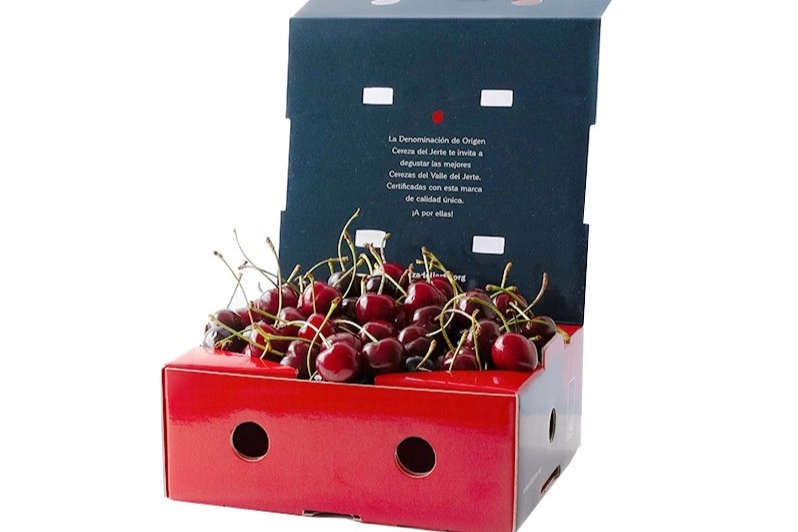Agricultural intensification, both at the local and territorial levels, affects cherry production as it alters pollination services. This was confirmed by researchers from the University of Bari and the University of Padua, who studied the effects of this phenomenon on cherry production in the Mediterranean area.
The researchers characterized the pollinator communities in cherry orchards in response to the type of management (organic vs. conventional), the presence of honeybee hives near the orchard, and landscape simplification (i.e., orchard cover and distance from semi-natural habitats).
Then, they explored how changes in pollinator communities (abundance of wild pollinators and honeybees, and overall biodiversity) further influenced pollination services (i.e., the visitation rate of flowers by both wild pollinators and honeybees) and cherry quality (in terms of weight, size, and sugar content).
Effects of management and landscape
The main finding is that conventional management and landscape simplification have negatively affected wild pollinator communities, which usually contribute to fruit pollination in this crop.
The type of orchard management (conventional or organic) was the parameter that most strongly influenced both the abundance and diversity of pollinators, and its impact did not vary with landscape composition or distance from semi-natural areas, suggesting that conventional sweet cherry production in the area is particularly intensive.
Organic management could therefore serve as an effective strategy to improve pollinator communities and their associated ecosystem services, particularly in simplified landscapes where such support is more critical.
Finally, as expected, neither crop management nor landscape characteristics influenced the abundance of honey bees, being managed pollinators.
Competition and habitat factors
These results could indicate a potential competition between managed and wild pollinators. In fact, a greater abundance of wild pollinators was found when beehives were not present in the surroundings.
However, this effect was not evident in conventional orchards, probably due to the already low number of wild pollinators.
The number of honeybees was not influenced by the presence of hives in the surrounding areas, probably due to their ability to move over long distances for feeding.
Orchards often represent an abundant source of nectar and pollen for pollinators, but only for a very limited period of time.
Impact of agricultural practices
Moreover, the intensive pest and soil management strategies often adopted in these cultivation systems pose a significant threat to the health of wild pollinators.
In landscapes with a high presence of orchards (therefore characterized by scarce nesting resources) and high exposure to pesticides, pollinators likely struggle to thrive.
On the contrary, the presence of semi-natural habitats near orchards is essential to support wild pollinator communities, offering alternative food throughout the season and nesting opportunities.
The quality of the fruits proved to be comparable in size and weight, but where the fruit set rate was higher, the fruits had a lower sugar content.
Conclusions and trade-offs
This can be explained by the fact that higher fruit set results in a greater number of fruits and therefore fewer resources to allocate to each fruit for its maturation.
Our results indicate a potential trade-off between pollinator conservation, support for pollination services in agriculture, and the production of high-quality cherries.
Source: Ilaria Laterza, Gianvito Ragone, Gabriele Grossi, Andree Cappellari, Maria Francesca Agostinacchio, Giorgia Angela Seclì, Giuseppe Bari, Rosa Porro, Rocco Addante, Daniele Cornara, Enrico de Lillo, Giovanni Tamburini, Agricultural intensification at local and landscape scales impacts sweet cherry production through altered pollination services,Agriculture, Ecosystems & Environment, Volume 386, 2025, 109586, ISSN 0167-8809, https://doi.org/10.1016/j.agee.2025.109586
Image source: SL Fruit Service
Melissa Venturi
University of Bologna (ITA)
Cherry Times - All rights reserved












